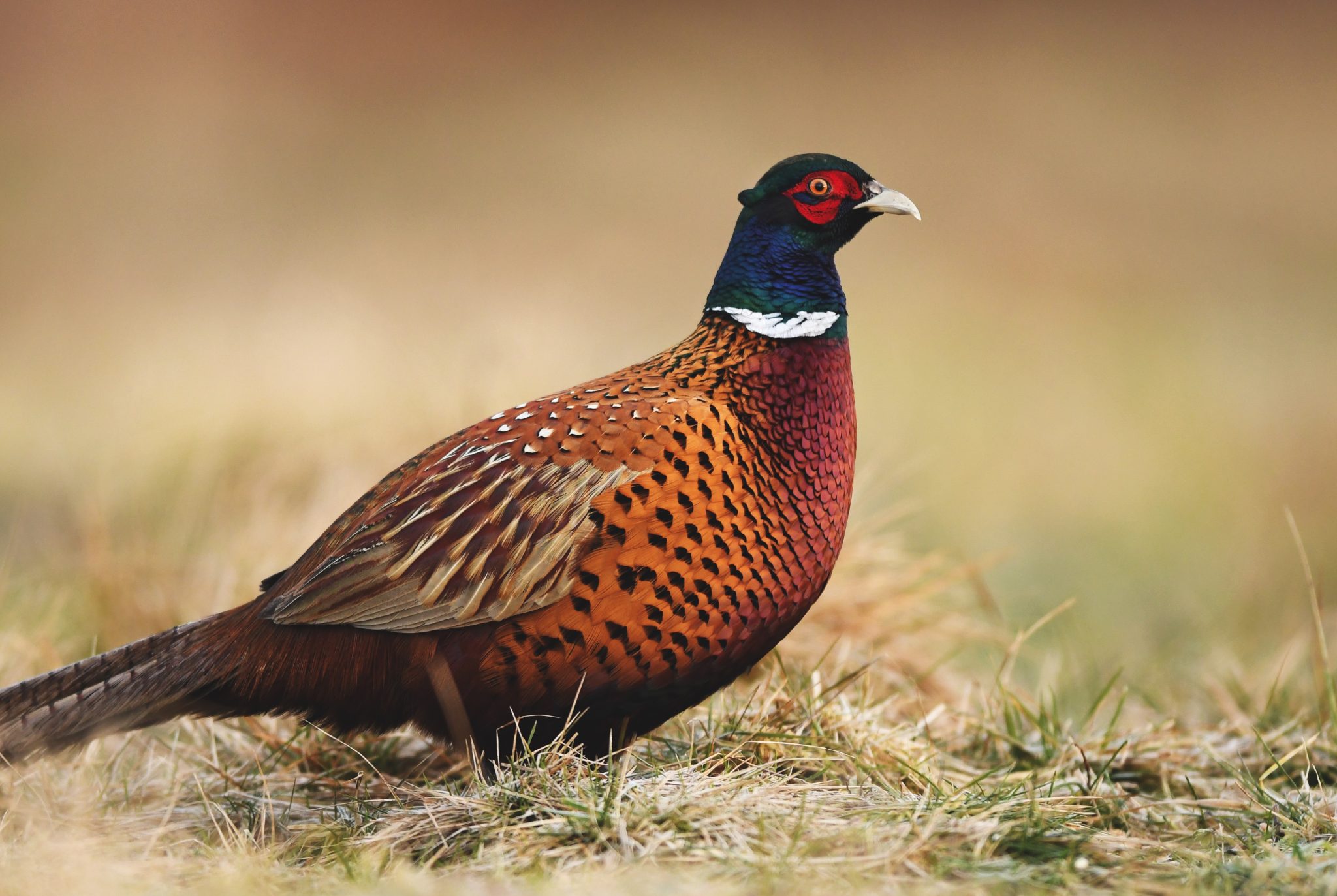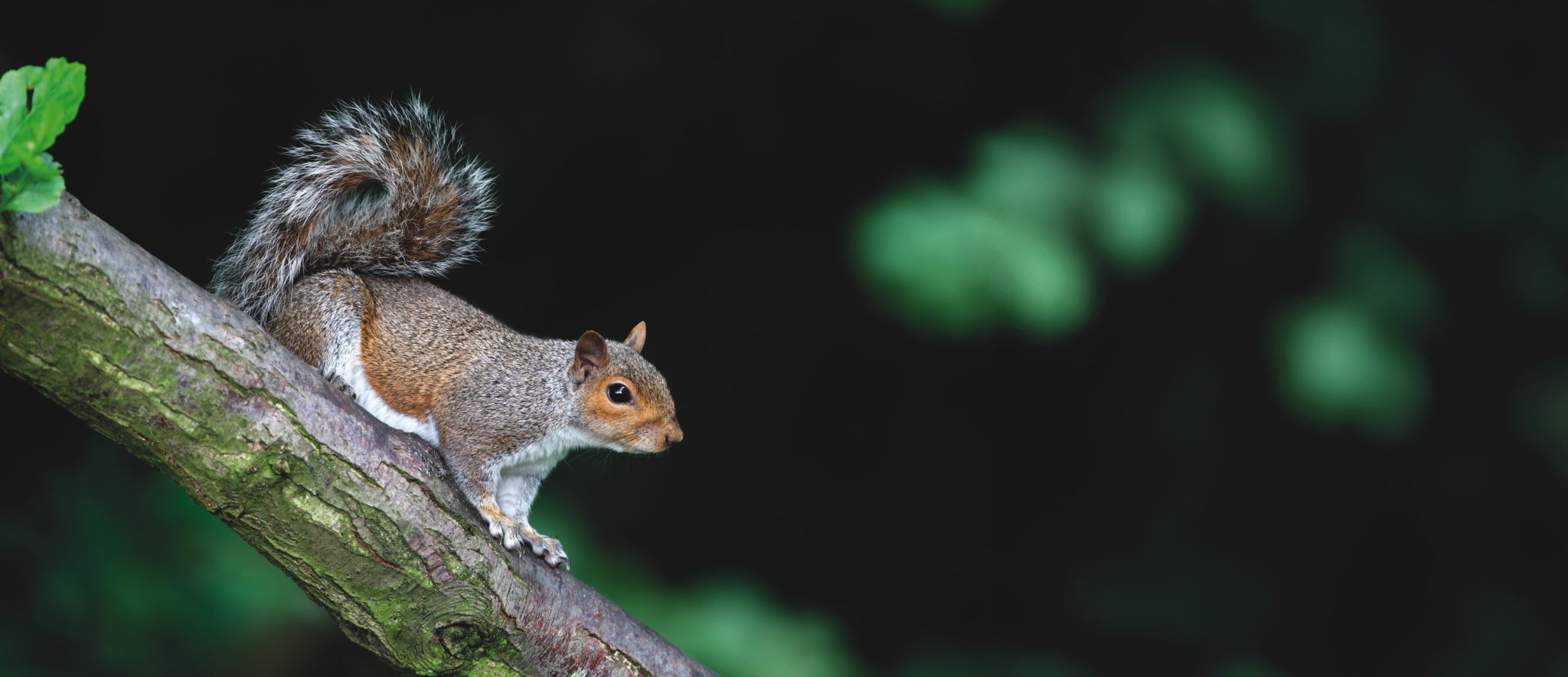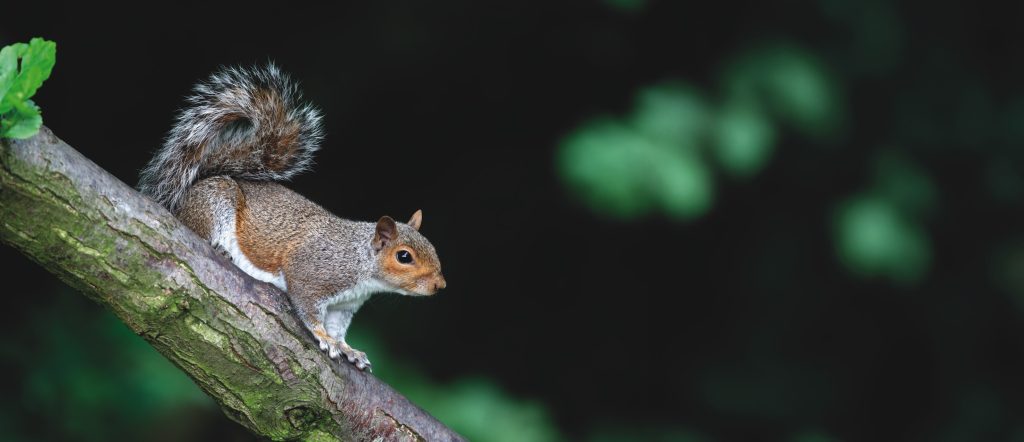Win CENS ProFlex DX5 earplugs worth £1,149 – enter here
Steyr Classic Mountain .243 rifle review
Steyr Classic Mountain .243 rifle: This accurate and practical stalking rifle is as timeless as its name suggests.

Steyr Classic Mountain .243.
Steyr Mannlicher started in Austria in 1853, when Josef Werndl set up a family business to develop a rear-loading rifle.
The company flourished ? first with government rifle commissions and then with sporting arms.
Today the Steyr Mannlicher name is a byword for excellence ? spearheaded by its Classic and ProHunter ranges, the company has a model to suit every preference, whether in wood, stainless steel or synthetics.
The Classic Mountain model is a lightweight rifle designed around the proven Safe Bolt System (SBS) action and fitted with a classically styled walnut stock.

Related Articles
Get the latest news delivered direct to your door
Subscribe to Shooting Times & Country
Discover the ultimate companion for field sports enthusiasts with Shooting Times & Country Magazine, the UK’s leading weekly publication that has been at the forefront of shooting culture since 1882. Subscribers gain access to expert tips, comprehensive gear reviews, seasonal advice and a vibrant community of like-minded shooters.
Save on shop price when you subscribe with weekly issues featuring in-depth articles on gundog training, exclusive member offers and access to the digital back issue library. A Shooting Times & Country subscription is more than a magazine, don’t just read about the countryside; immerse yourself in its most authoritative and engaging publication.









